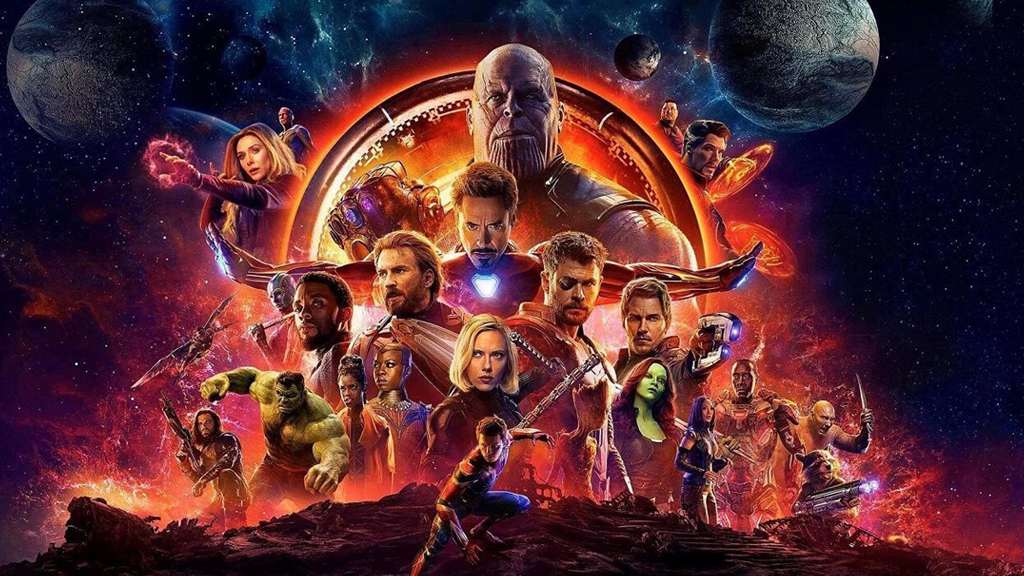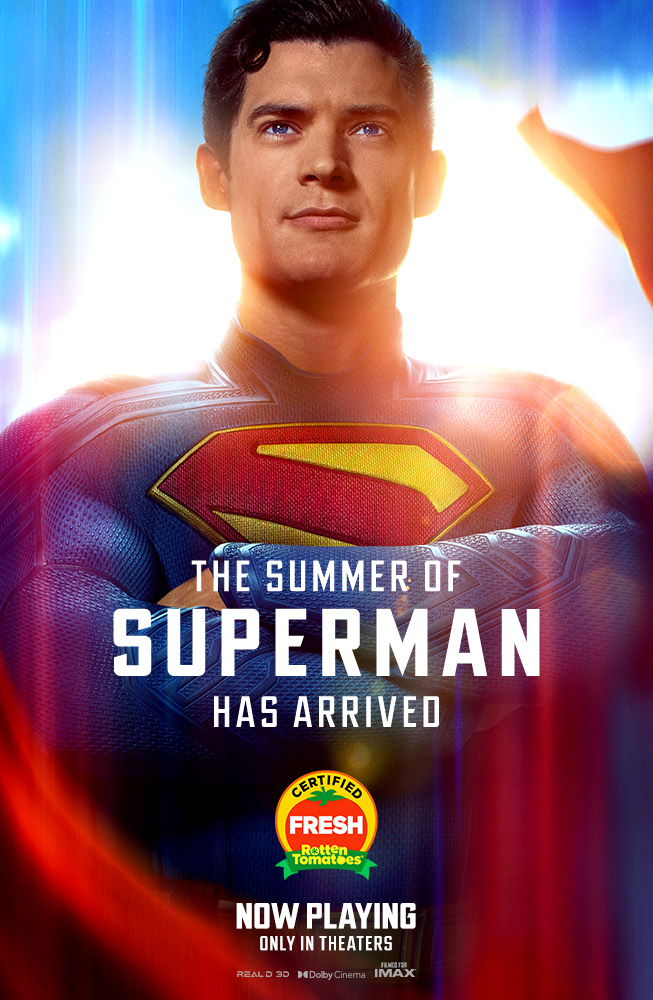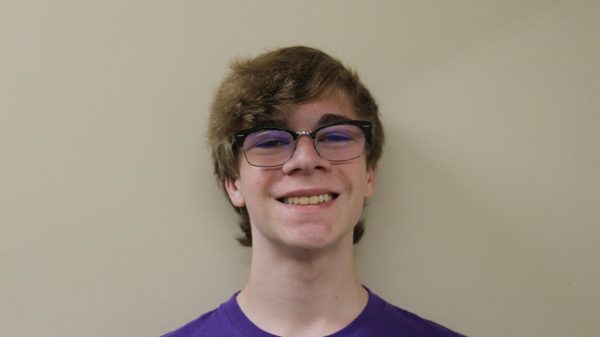When it comes to the media we consume, it’s easy to think of a story being told within a single movie, or a season of a show. Stories become condensed this way, and the audience can easily look back at the entire tale and analyze it however they want to. What’s interesting, then, is when an author or artist writes a story that’s intentionally difficult to digest in a short amount of time.
Long-term storytelling is everywhere you look. The WWE is a form of long-term storytelling, or any sports league for that matter. When a writer uses long-term storytelling, they’re usually attempting to build an intertwining web of story beats and characters that continue to build off each other. This can be overwhelming for those new to the story, but at the same time it promises an adventure.
One Piece is perhaps one of the easiest examples of long-term storytelling. It would take you almost 400 straight hours of watching to consume the entire show-and it isn’t even finished yet. Why is it so massive? Well, when you have a story like One Piece, it’s easy to just look at the episode or chapter count and dismiss it as too long. What makes that generalization wrong, however, is when the author uses every installment to its absolute fullest. I’ll be candid. Some parts of One Piece kind of suck. One thing that the story never fails to do, though, is build upon what’s coming next. It isn’t normal for shows to have over one thousand episodes, sure. It also isn’t normal to foreshadow a reveal of a character in 2000 that doesn’t get a reveal until sixteen real-life years later. Eiichiro Oda masterfully tells the audience what he’s planning without us even knowing. What makes this even more satisfying is looking back on the saga after a reveal comes up and seeing over and over again the clues that were set up for us from the beginning. The world of One Piece is so big that it feels like a real place. Locations and characters and events inside the story don’t feel like just another adventure story. After you’ve sunk your teeth into this beast of a story, you’ll find that the world-building allows every viewer to seamlessly melt into the adventure without even knowing it. A grand, episodic adventure that continues building off of itself is Oda’s masterpiece, but it isn’t the only kind of long-term storytelling out there.
The Marvel Cinematic Universe was praised beyond belief as its most successful sagas went on. Nowadays, it’s seen better. What is apparent even from the very first beginning of the franchise, is that all of these movies are part of a bigger picture. Iron Man was released to incredible success, and a sequel soon followed. The Incredible Hulk wasn’t as much of a smash hit to say the least, but an idea started to form. Each individual movie used its runtime to build its titular character, or characters, and then were brought together. Thor, Captain America: The First Avenger, and Iron Man 2 are fine films on their own, but what comes afterwards is truly impressive. Injecting a scene after the credits roll is an odd idea when you really think about it. Still, audiences are so conditioned to see what happens after the conclusion of films that they stay glued to their seats in the theater until the lights turn on. The reason is clear: the MCU did it first and did it best, and created a trend throughout the entire industry. The first Iron Man movie ends and a self-contained story seems to end, but if you wait until after the credits you’re greeted with Nick Fury proposing the “Avengers initiative.” Without even trying, the MCU foreshadows Avengers four years before its release, before a single other member of the team had touched the silver screen. So each character was built, and puzzle pieces fell into place as the tensions rose, and each post-credits scene led to something larger. Of course, it all led to Avengers: Infinity War and Avengers: Endgame, which are both the culmination of a decade of work put into a single cinematic saga. Rewatching these movies, it’s insane to me how much would be lost on the average viewer who hasn’t seen the preceding movies. As a fan of the movies that came before, the knowledge of where we are in the story is second-nature, and the context is filled in automatically by the films I’ve already seen. This is the key to Marvel’s long-term storytelling. Stories can be started and stopped in whatever way works the best, because the exposition has already been written. Instead, the individual chapters of the overarching story can focus on character and plot development.
Long-term storytelling is an extremely difficult tactic to use effectively. There are so many things that can go wrong when depending on a story that was started so long ago. When that story is planned and executed well, however, it can be one of the greatest journeys ever written.









